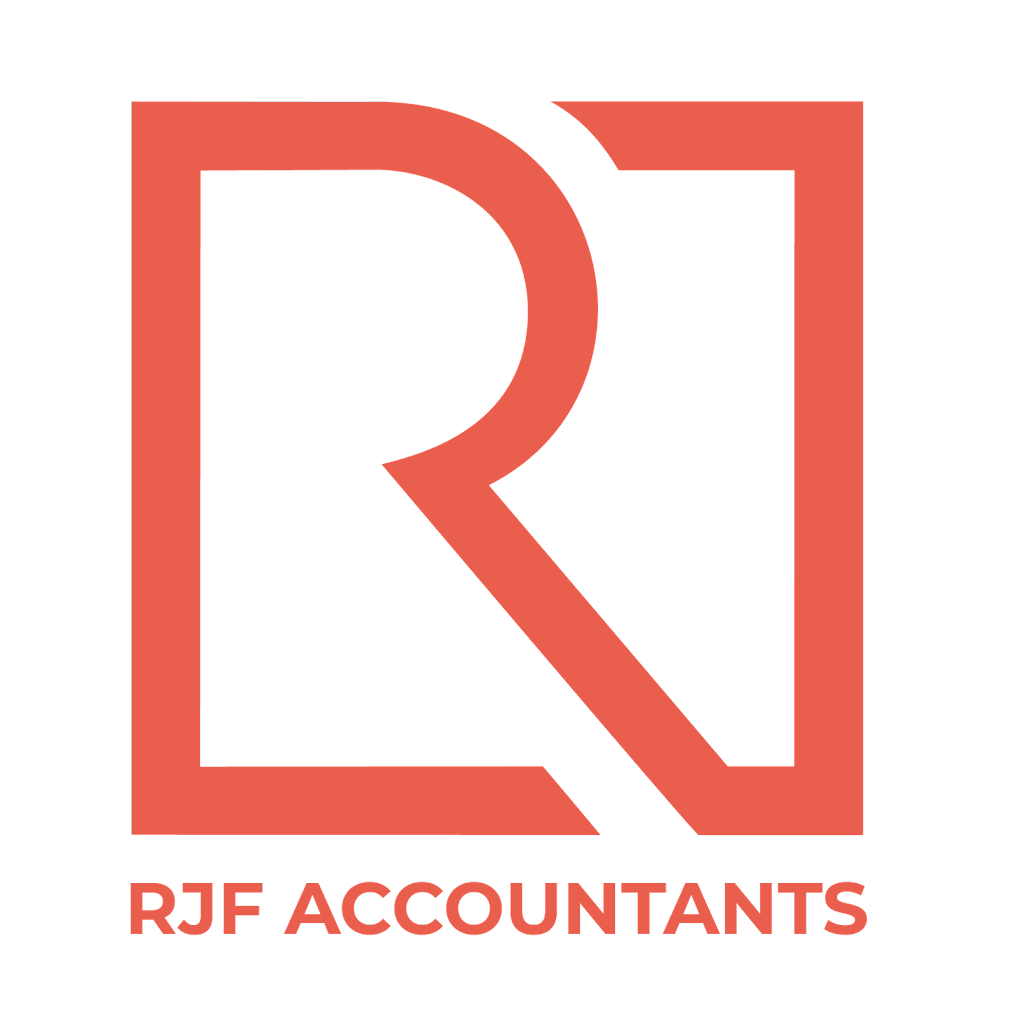Are you a business owner contemplating the big step of selling your enterprise or perhaps parting ways with certain assets? Navigating the complexities of business sales and asset disposal can be daunting, but what if there was a way to soften the financial blow? Enter Business Asset Disposal Relief (BADR), a valuable tax incentive that could save you thousands of pounds.
In the UK, Business Asset Disposal Relief allows you to reduce your Capital Gains Tax from a standard rate of 20% down to just 10% on the sale of qualifying business assets. This guide aims to unravel the intricacies of BADR, covering everything from eligibility criteria to application procedures to help you make the most informed decisions for your business.
Blog Contents:
show
What Qualifies as a Business Asset?
When it comes to Business Asset Disposal Relief, not all assets are created equal. Understanding what qualifies as a ‘business asset’ under UK tax law is crucial to maximising this relief opportunity. Business assets are distinct from personal assets; they are assets you own that are directly connected to your enterprise’s operations. Here’s a breakdown of the types of assets you can consider:
Property
- Commercial buildings, including offices and warehouses.
- Agricultural land if the business is involved in farming or similar activities.
- Shares in your own company, provided you own at least 5% of the total shares.
- Shares in other companies, assuming they are a part of your business operations.
Goodwill
- The intangible value of your business, such as brand reputation, customer base, and intellectual property.
Machinery and Equipment
- Physical assets used in the day-to-day running of your business, from vehicles to manufacturing machinery.
Intellectual Property
- Patents, trademarks, and copyrights that contribute to your business’s value.
Knowing what qualifies as a business asset is the first crucial step towards benefiting from Business Asset Disposal Relief. Whether you’re selling property, parting ways with shares, or even transferring intellectual property ownership, understanding the asset categories will help you plan your financial strategy more effectively.
Who is Eligible for Business Asset Disposal Relief?
Eligibility for Business Asset Disposal Relief isn’t a one-size-fits-all situation; it varies based on your business structure and certain qualifying conditions. Here’s a simplified guide to help you gauge whether you or your business could be eligible for this substantial tax-saving opportunity.
Business Structures
- Sole Traders: Individuals operating a business on their own can benefit from BADR when selling the business or qualifying assets within it.
- Partnerships: Partners in a business can claim BADR when selling their share of the business or its assets.
- Limited Companies: If you’re a director and own at least 5% of the shares and voting rights, you’re eligible when selling shares or securities in the company.
Specific Criteria
- Ownership Duration: You must have owned the asset for at least 24 months prior to its sale to qualify.
- Operational Relevance: The asset should be in active use for the business and not just held as an investment.
- Trading Requirements: The business must be trading at the time of asset disposal or should have been trading within the preceding three years.
24-Month Rule Clarification
Understanding the 24-month ownership rule is crucial. It’s not enough to have just owned the asset; it should have been actively used in your business for at least two years before the sale.
Eligibility for Business Asset Disposal Relief can significantly influence your financial planning, especially when contemplating a sale or restructuring. Always consult a financial advisor or tax professional to confirm eligibility tailored to your circumstances.
How Does BADR Work?
The mechanics of Business Asset Disposal Relief (BADR) are quite straightforward. Essentially, this relief allows you to reduce your Capital Gains Tax (CGT) liability when you sell qualifying business assets. Let’s delve into how BADR operates, the tax benefits you stand to gain, and a simplified example to illustrate these concepts.
General Mechanics
BADR reduces your CGT from the standard 20% rate to a more favourable 10%. This reduction applies to gains up to £1 million over your lifetime. The aim is to encourage business growth and incentivise entrepreneurial activity.
Overview of Tax Benefits
- Small Businesses: For smaller enterprises, the reduction in tax can offer a significant financial cushion to reinvest in a new venture or diversify existing operations.
- Medium to Large Companies: For bigger businesses, the tax savings can amount to hundreds of thousands of pounds, offering substantial financial flexibility.
Calculating the Relief
Let’s consider a simplified example to explain the relief calculation. Assume you’re selling a business asset, such as property, for £500,000 that was initially bought for £200,000.
- The capital gain on this sale would be £300,000.
- At the standard CGT rate of 20%, the tax liability would be £60,000.
- With BADR applied, this tax reduces to £30,000, leading to a tax saving of £30,000.
Understanding how Business Asset Disposal Relief works is crucial for maximising your financial benefits when selling business assets or your enterprise. Knowing how much you stand to save can better inform your decisions, whether you’re considering reinvestment or planning retirement.
The Application Process
Claiming Business Asset Disposal Relief is not automatic; you must apply to take advantage of this beneficial tax scheme. But don’t worry; and the application process is relatively straightforward if you know what steps to take and when. Here’s a step-by-step guide to help you through the procedure.
Steps to Claim BADR
- File Your Tax Return: The first step in claiming BADR is to complete your Self Assessment tax return. Ensure to fill in the ‘Capital Gains Summary’ section where you report the sale of your business asset.
- Set Out Calculations: Provide a detailed calculation of the relief you claim in your tax return. This typically involves showing your capital gain and how the BADR reduction applies.
- Time Your Application: You can claim BADR up to four years after the end of the tax year in which you disposed of your business or asset. However, applying as soon as possible is advisable to expedite the process.
- Consult the ‘Helpsheet 275’: This government document offers valuable guidance on BADR and how to include it in your tax return. You can find it on the HMRC website.
Timeframe
You can submit your BADR claim when filing your tax return for the year the asset was disposed of. Don’t miss the deadline—usually 31 January of the year following the tax year the sale took place.
Common Pitfalls to Avoid
- Inaccurate Information: Make sure all the details in your tax return are correct. Any inaccuracies can result in delays or even denial of your claim.
- Missing Deadlines: Failing to claim within the allowed timeframe will mean missing out on the tax benefits.
- Insufficient Documentation: Keep all records pertaining to the asset’s sale, as HMRC may require evidence to approve your claim.
Navigating the Business Asset Disposal Relief application process can be straightforward if you pay close attention to the details and timeframes. Always consult a financial adviser or tax professional to ensure you meet all requirements and maximise your tax savings.
BADR Summary
The BADR tax scheme allows eligible businesses and business owners to significantly reduce their Capital Gains Tax from 20% to a much more palatable 10% on qualifying assets. From understanding what types of assets are eligible to knowing who can claim this relief, being well-informed is your first step towards maximising your financial benefits. When it comes to applying for BADR, a clear understanding of the process can make the difference between a smooth claim and a missed opportunity.
Whether you’re a sole trader, in a partnership, or running a limited company, BADR offers a substantial opportunity for tax savings when selling business assets or your entire enterprise. However, consulting with a financial advisor or tax professional for advice tailored to your circumstances is always a good idea. If you’re seeking expert guidance, don’t hesitate to contact RJF Accountants for all your tax-saving needs.
How Can RJF Accounting Help?
RJF Accounting has accounting teams based in Manchester and Macclesfield, ready to help you with all your accounting and tax advice needs. We offer general accounting and personal accounting services, but our specialist field is startups and all that entails!
Expert guidance can make all the difference if you’re considering selling business assets or even your entire enterprise. Reach out to RJF Accountants today to discover how we can help you navigate Business Asset Disposal Relief and other tax-saving opportunities tailored to your needs. Speak to our team today about our services to make the most of your financial planning.
You can call the team on 0161 5040629 or email us at hello@rjf.uk.com to see if we can help you get your plans off the ground! We are open Monday to Friday, 9 am – 5 pm!

